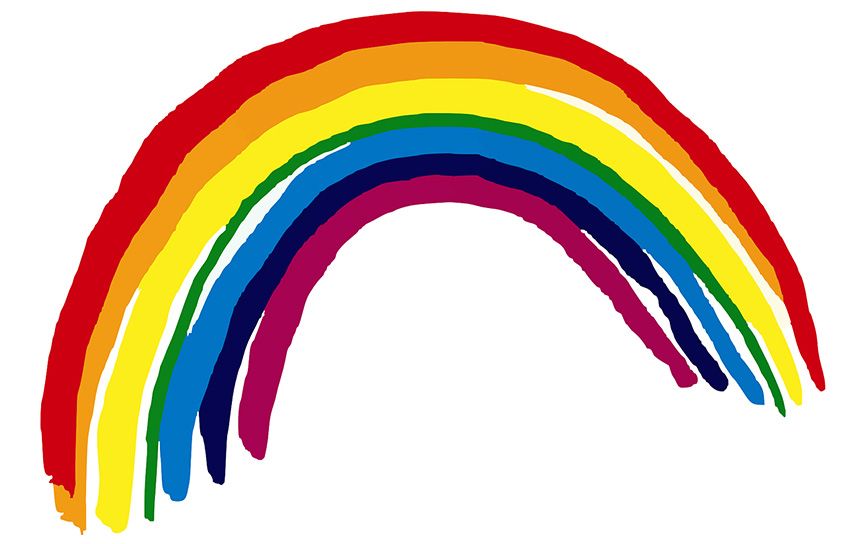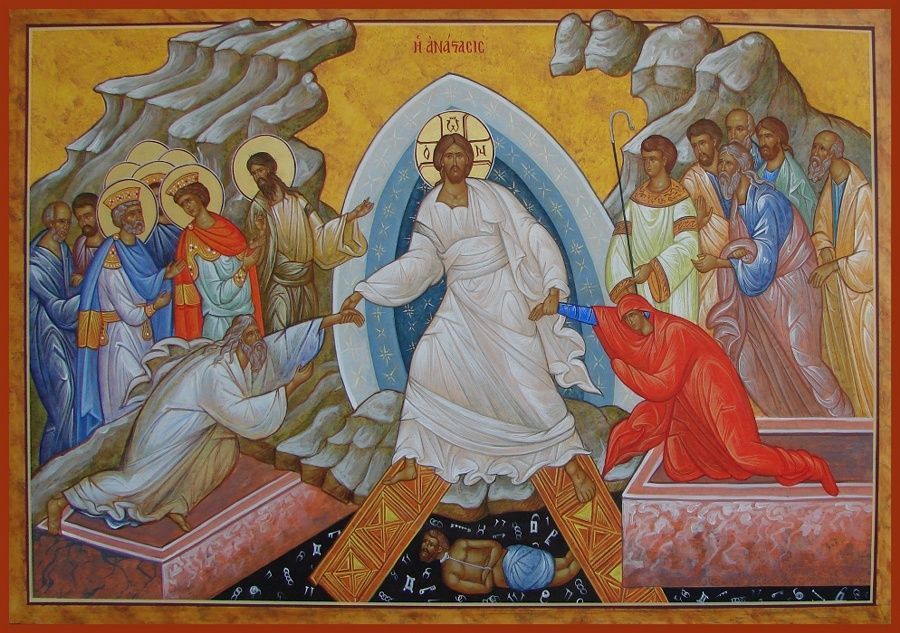What's the Deal with Pancake Day?

Pancake Day, also known as Pancake Tuesday or Shrove Tuesday, is the day before the first day of Lent, known as Ash Wednesday. Shrove Tuesday is always 47 days before Easter Sunday so Pancake Day falls sometime between February and March every year. Pancake Day is also known as Mardi Gras, a French name meaning Fat Tuesday. This year Pancake Day is on Tuesday, February 28.
Christians around the world see Shrove Tuesday as a day for reflection and self-examination. The term 'shrove' comes from the word 'shrive', meaning to free oneself from sin by doing penance. This was seen as a way to start Lent with a clean slate. So on Shrove Tuesday people are called to think about what wrongs they need to repent and how to grow spiritually during the coming 40 days of fasting and prayer.
Now you may be wondering how pancakes fit into this saga. On Shrove Tuesday Christians traditionally used up food that could not be eaten during the Lenten fast. By the year 1000, Christians had embraced the habit of clearing their kitchen in order to prepare for Lent. The pancakes, however, didn't make their appearance until the 1600s. To avoid food waste, people would empty their cupboards of perishable food and make the most of it by whipping up delicious pancakes.
Pancakes are an easy way to use up eggs, butter and milk as well as other fatty foods like chocolate spread and sugar commonly found in kitchens. Pancake ingredients were also thought to represent the four pillars of the Christian faith: eggs for creation, milk for purity, flour representing nourishment and salt for wholesomeness.
While some countries like Canada, the United States, Great Britain, and Australia celebrate by consuming pancakes, in other countries, especially where Shrove Tuesday is called Mardi Gras, this day is a carnival day, and the last day of "fat eating" or "gorging" before the beginning of Lent.
So eat up! Enjoy those pancakes and consider what you're going to do to mark the season of Lent.



